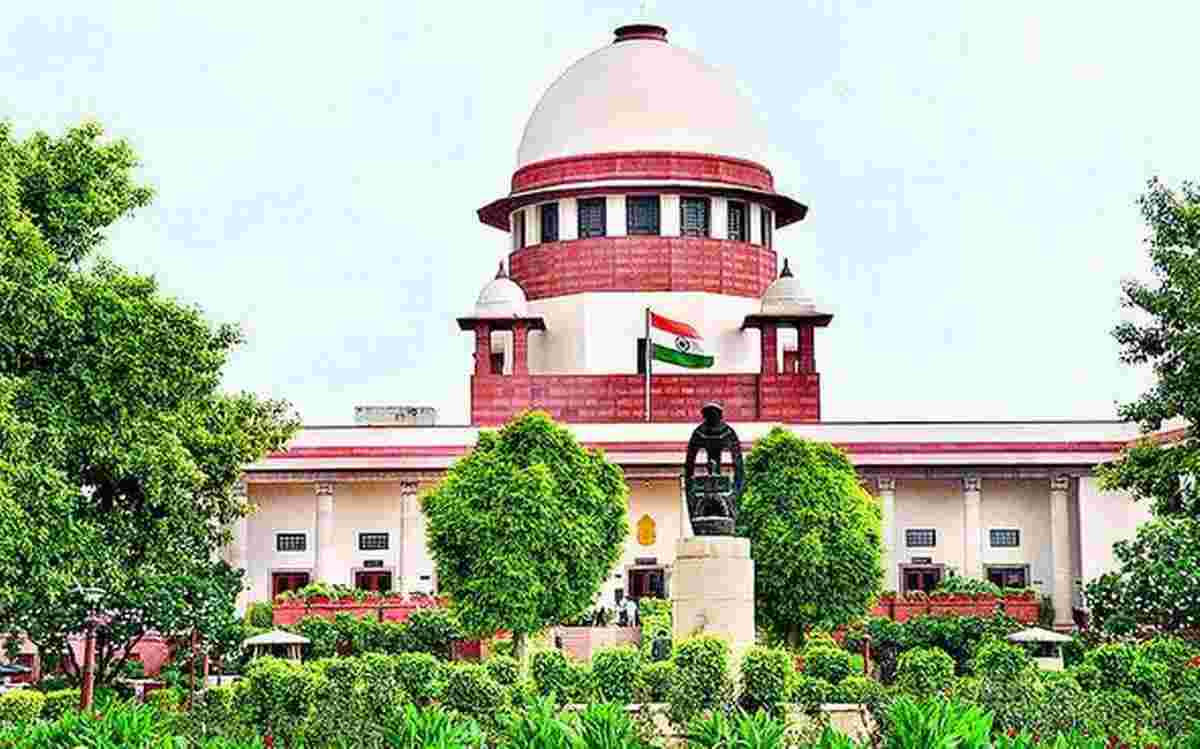A data-driven comparison of capacity, timelines, tariffs, and connectivity to see which greenfield airport could dominate India’s skies.
India’s aviation landscape is expanding fast, with two major greenfield airports in development — Noida International Airport (Jewar), near Delhi NCR, and Navi Mumbai International Airport (NMIA), near Mumbai. Both airports are tipped to relieve existing hubs, drive regional growth, and change how people fly domestically and internationally. By comparing projections, costs, infrastructure plans, and services, we can gauge which is more likely to lead the next aviation boom.
Key Comparison Metrics
| Metric | Noida International Airport (Jewar) | Navi Mumbai International Airport (NMIA) |
|---|---|---|
| Initial Passenger Capacity (Phase 1) | ~12 million per year with one runway and single terminal. | ~20 million passengers annually with one runway & terminal (Phase I + II). |
| Long‑Term Capacity Target | Up to ~70 million per annum after all phases. | Plans to scale to ~90 million annually after all five phases. |
| Expected Timeline for Start | Domestic & cargo operations expected by late 2025; fully operational greenfield infrastructure under ORAT. | NMIA aiming to begin operations around August‑October 2025; first flights expected soon after inauguration. |
| Tariffs / User Development Fees (UDF) | ₹490 departing domestic, ₹980 departing international; arrival UDF lower. | Approximately ₹620 domestic, ₹1,225 international for departing passengers; other charges apply. |
| Destination Connectivity Initially | Expected 28 domestic + 10 foreign cities. | Expected 26 domestic + 13 international cities in initial operations. |
| Cargo & Logistics Plans | Logistics hub planned near Jewar: warehouses, MMCH (Multi‑Modal Cargo Hub) with initial cargo capacity; good highway & expressway connectivity. | NMIA includes cargo terminals in early phases; large investment projected; cargo handling planned to scale with phases. |
Strengths & Weaknesses
✅ Noida (Jewar) Pros
- Strong strategic location for Delhi NCR + western Uttar Pradesh; excellent highway connectivity.
- Lower land acquisition cost relative to many metro‑airport expansions.
- Scalable pipeline: airports expansion phases clearly tied to actual usage (e.g. new phase triggers when 80% capacity used).
- Slightly lower user fees domestically which could attract more travellers initially.
⚠️ Noida (Jewar) Challenges
- Need to build supporting infrastructure (roads, Metro/rail) for last‑mile connectivity.
- Initial international traffic share small (projections show >94% domestic till FY2030).
- Delays in obtaining regular tariff orders; initial tariff orders are ad‑hoc.
✅ Navi Mumbai Strengths
- Already part of Mumbai’s aviation ecosystem; immediate relief to existing Mumbai airport congestion.
- Higher initial capacity target (20 million) gives room for more flights early on.
- Massive investment backing (~₹57,333 crore by FY30) to support terminals, runways, road/metro connectivity and cargo infrastructure.
⚠️ Navi Mumbai Weaknesses
- Mobility/connectivity concerns until supporting infrastructure (metro, road linkages) fully operational.
- Tariffs and fees expected to be higher compared to existing airports and might deter some airlines or price‑sensitive travellers.
- Environmental and land acquisition issues, plus delays typical of large greenfield airport projects.
Projections & Forecasts
- In Fiscal Year 2025‑26, Noida may see around 9.4‑11.7 million passenger traffic, while Navi Mumbai’s initial year might see 8.8‑10.8 million.
- By FY2030, projections suggest Noida could have over 20 million domestic flyers, and Navi Mumbai could cross 30‑40 million total passengers depending on phase rollouts.
Which Airport Has the Edge?
It depends on what metrics matter most:
- For Early Adoption & Cost‑Sensitive Passengers: Noida (Jewar) has potential advantage—lower tariffs, strong initial domestic connectivity, proximity for NCR travellers.
- For Long‑Term Scale & Global Connectivity: NMIA may lead due to larger long‑term capacity, stronger investment inflows, and being part of the Mumbai region with large catchment and international exposure.
If both projects meet their projected timelines and infrastructure delivery, India could end up with two major hubs, not just one—each serving different regional demand and easing congestion in Delhi and Mumbai.
Conclusion
Noida vs Navi Mumbai is not just a competition—it’s a choice between speed + affordability and scale + connectivity. For travellers and airlines alike, Noida could win the early innings, but Navi Mumbai seems likely to dominate in the long run. Either way, India’s aviation map is about to change significantly—and travellers are the biggest beneficiaries.
Also Read : Will India’s Tier-2 Cities Fuel the Next Aviation Boom?



